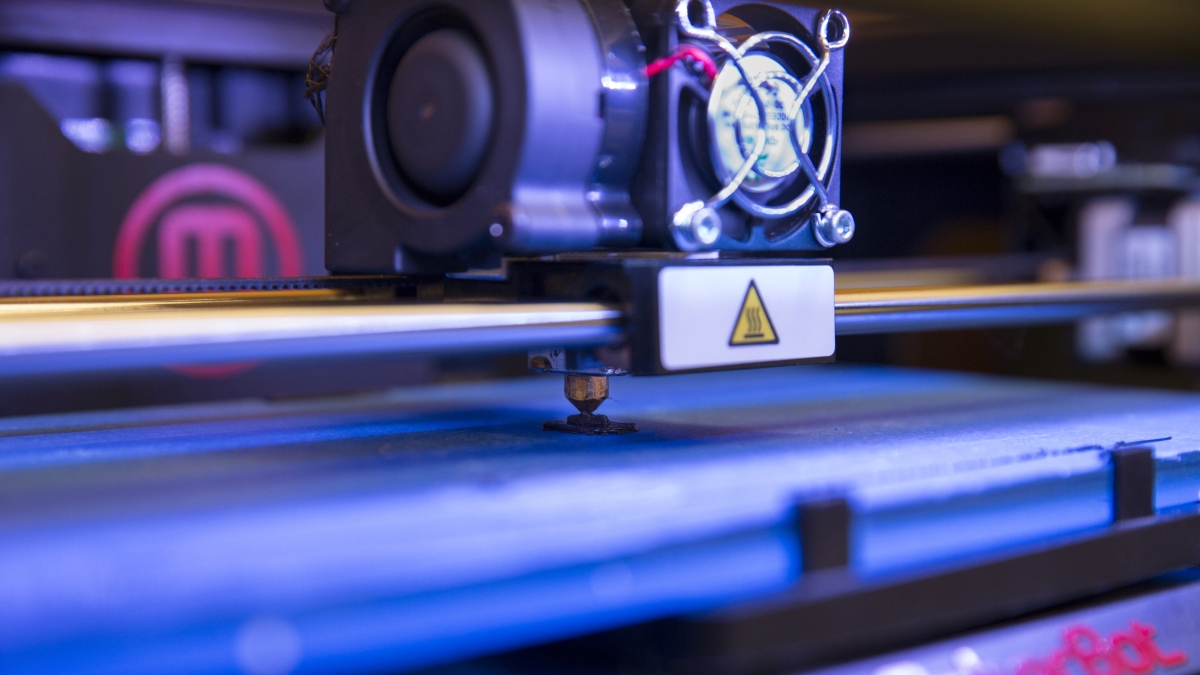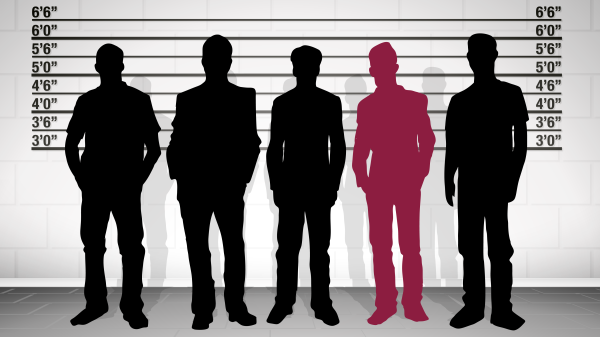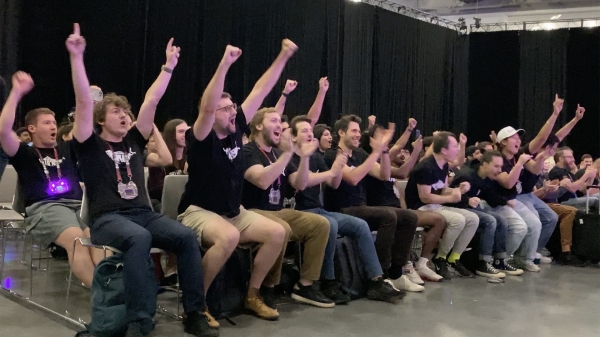ASU partners with PADT to accelerate biomimicry research

NASA awarded a local business-ASU partnership a $127,000 Small Business Technology Transfer Phase I Grant to develop biomimicry in 3D printing. Photo by Nick Narducci
Structures in nature are strong, lightweight and flexible. Using 3D printing allows engineers to replicate complicated, organic designs, such as honeycombs, for additive manufacturing.
Biomimicry, the replication of these natural structures through 3D printing, is the main developmental focus of a NASA grant awarded to Arizona State University and Phoenix-area business Phoenix Analysis and Design Technologies.
The $127,000 NASA Small Business Technology Transfer Phase I Grant builds on ASU and PADT’s strengths in 3D printing.
“PADT has been an excellent partner to ASU and its students as we explore the innovative nature of 3D printing,” said Ann McKenna, school director and professor at The Polytechnic School — one of the six schools in the Ira A. Fulton Schools of Engineering. “Between the STTR grant and partnering to open our state-of-the-art Additive Manufacturing Center, we’re proud of what we have been able to accomplish in this community together.”
ASU’s Additive Manufacturing Center is the largest of its kind in the Southwest with cutting-edge plastic, polymer and metal 3D-printing equipment in addition to advanced processing and analysis capabilities. PADT is one of the Additive Manufacturing Center’s partners.
PADT recently partnered with Lockheed Martin and Stratasys to develop more than 100 3D-printed parts for NASA’s manned-spaceflight to Mars.
NASA hopes this partnership will be able to accelerate biomimicry research. If this Phase I is successful, additional funding is available from NASA to create real-world applications for the technology.
NASA is interested in creating parts, such as heat exchanges, lightweight structures and space debris resistant skins — all 3D-printed.
“New technologies in imaging and manufacturing, including 3D printing, are opening possibilities for mimicking biological structures in a way that has been unprecedented in human history,” said Dhruv Bhate, associate professor at The Polytechnic School. “Our ability to build resilient structures while significantly reducing the weight will benefit product designers and manufacturers who leverage the technology.”
This is Bhate’s second joint project with PADT and PADT’s 14th Small Business Technology Transfer award.
More Science and technology

ASU travel behavior research center provides insights on the future of transportation
The Center for Teaching Old Models New Tricks, known as TOMNET, has spent the past seven years conducting research and developing…

When suspect lineups go wrong
It is one of the most famous cases of eyewitness misidentification.In 1984, Jennifer Thompson was raped at knifepoint by a man…

Jackpot! ASU hackers win $2M at Vegas AI competition
This August, a motley assortment of approximately 30,000 attendees, including some of the best cybersecurity professionals,…